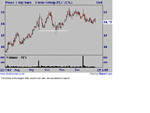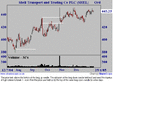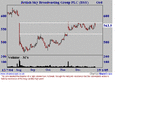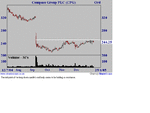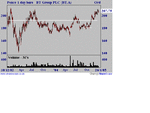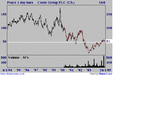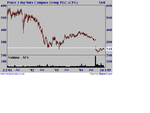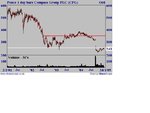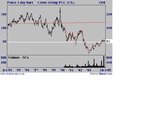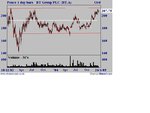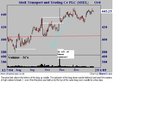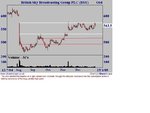barjon
Legendary member
- Messages
- 10,752
- Likes
- 1,863
In view of comments I've made on FTSE and Price/Volume threads a few people have suggested that I start a thread on the topic and maybe other candlestick patterns in due course.
Firstly, for those interested in candlesticks the authority is Steve Nison and his books: Japanese Candlestick Charting Techniques and ; Beyond Candlesticks. I hope he won't mind if he recognises the odd sentence here and there 🙂
I'll talk about long white candles - which are up candles - and support, but remember that the reverse applies to long black candles - down candles - and resistance.
A long candle is one which is unusually long in the context of the usual price range of the instrument concerned. The time interval of the chart is immaterial, but I prefer "genuine" trading periods where books are opened and closed - daily, weekly, monthly - rather than the more "artificial" periods such as 10minute, 1 hour or whatever.
Candlestick analysis suggests that a long white candle should provide support, particularly in a rising market.. That support is found at either the middle of the long white candle's real body or the bottom of the entire white candle, including the lower shadow. One can sometimes extrapolate backwards from these points to find them co-incident with traditionally drawn support lines, in which case the candle supports serve to confirm those support lines and maybe give them added importance.
If one is using a daily interval then intraday penetrations are not considered to violate the support as long as the close holds above the support level. Similar for other chart intervals.
Anyway, enough chat for now - here's a few examples.
Firstly, for those interested in candlesticks the authority is Steve Nison and his books: Japanese Candlestick Charting Techniques and ; Beyond Candlesticks. I hope he won't mind if he recognises the odd sentence here and there 🙂
I'll talk about long white candles - which are up candles - and support, but remember that the reverse applies to long black candles - down candles - and resistance.
A long candle is one which is unusually long in the context of the usual price range of the instrument concerned. The time interval of the chart is immaterial, but I prefer "genuine" trading periods where books are opened and closed - daily, weekly, monthly - rather than the more "artificial" periods such as 10minute, 1 hour or whatever.
Candlestick analysis suggests that a long white candle should provide support, particularly in a rising market.. That support is found at either the middle of the long white candle's real body or the bottom of the entire white candle, including the lower shadow. One can sometimes extrapolate backwards from these points to find them co-incident with traditionally drawn support lines, in which case the candle supports serve to confirm those support lines and maybe give them added importance.
If one is using a daily interval then intraday penetrations are not considered to violate the support as long as the close holds above the support level. Similar for other chart intervals.
Anyway, enough chat for now - here's a few examples.
Attachments
Last edited:

